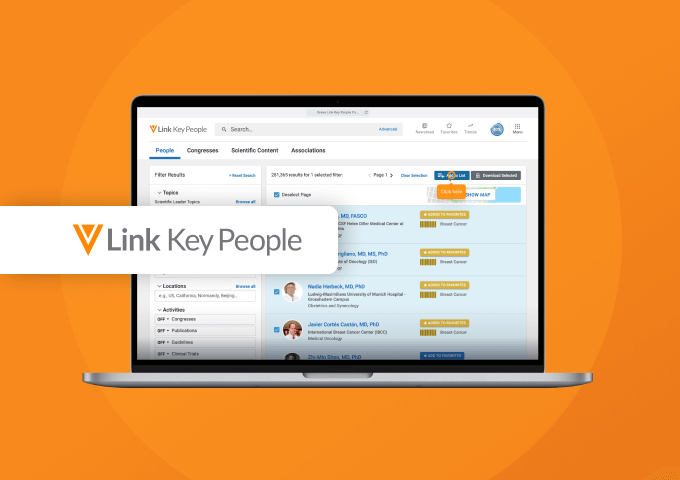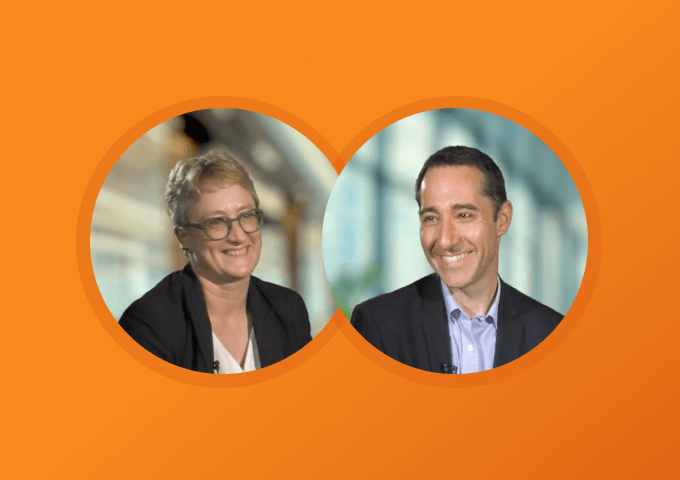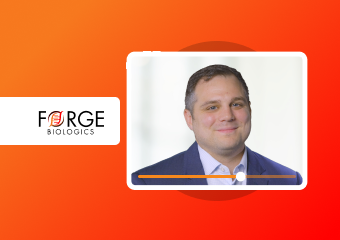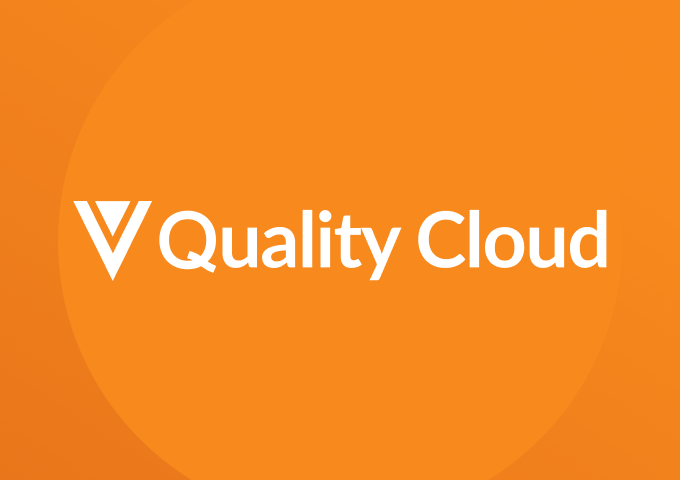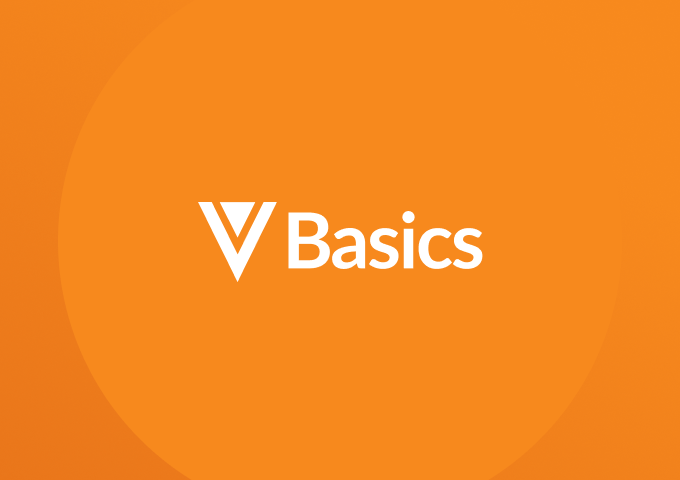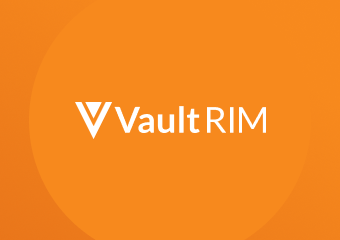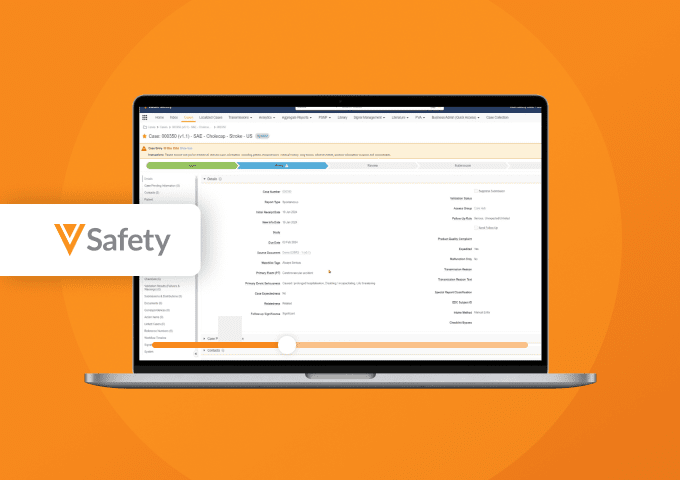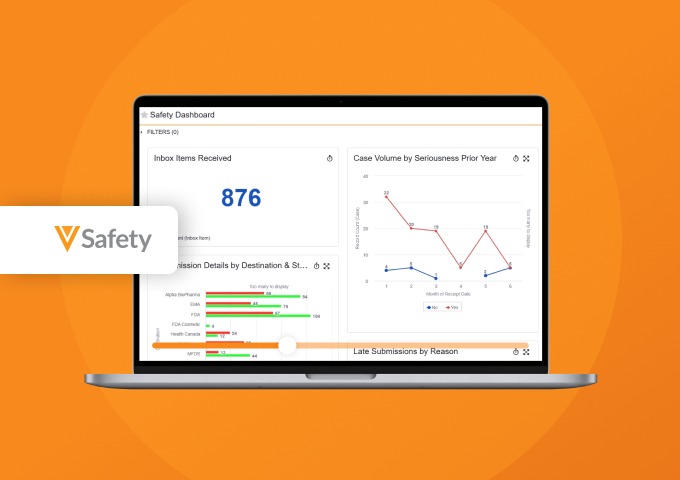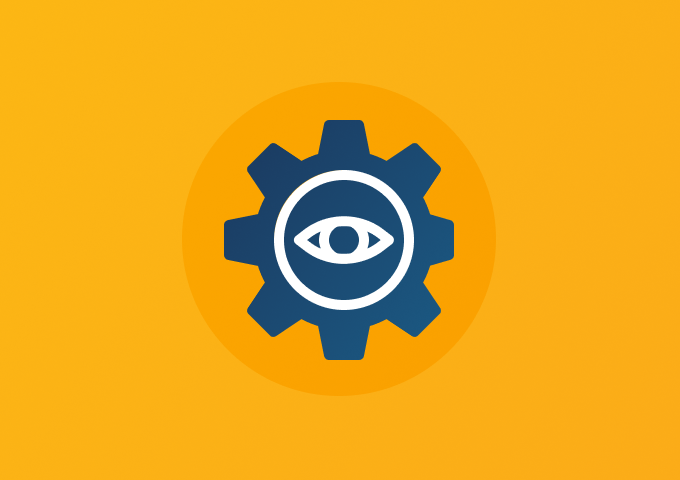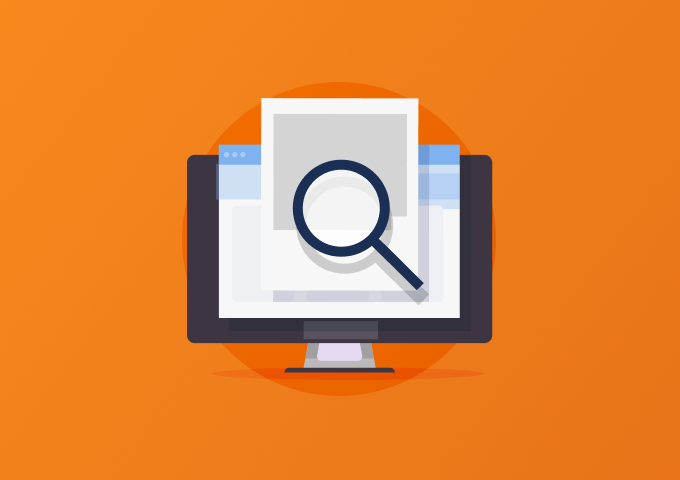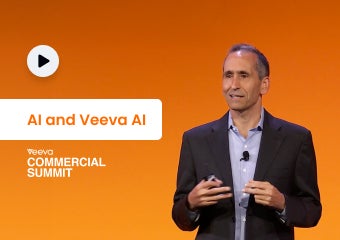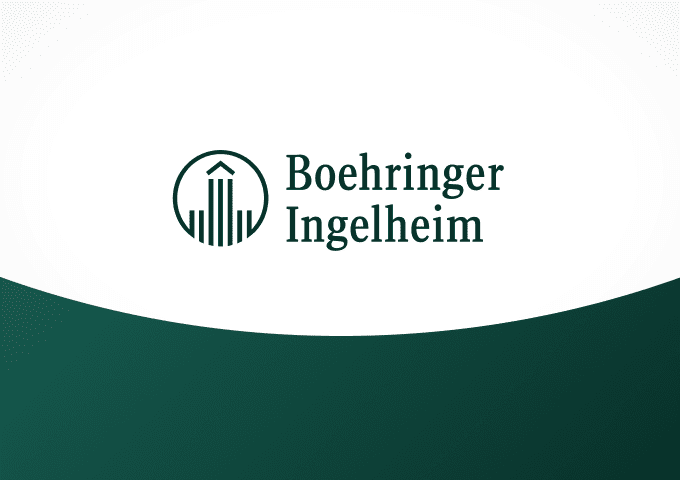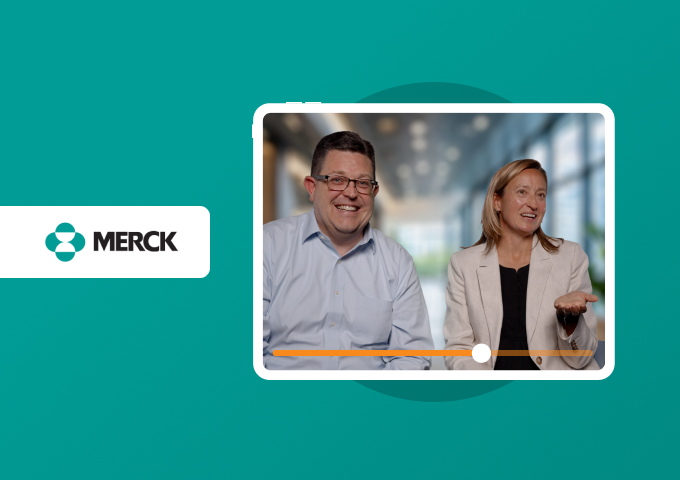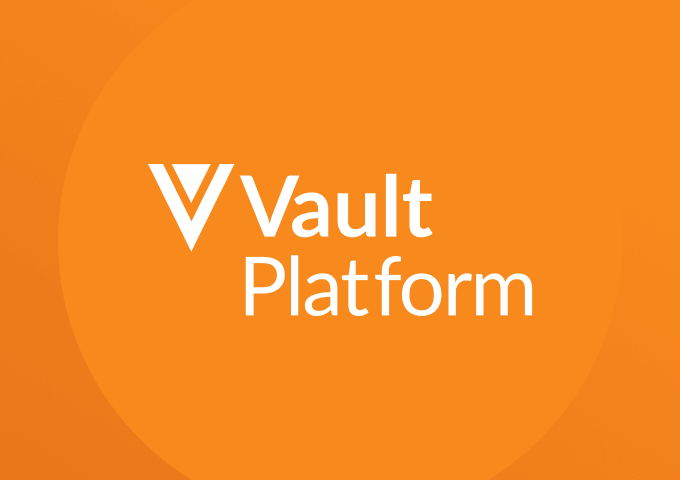Resource Center
Clinical Data
View More Clinical Data ResourcesClinical Operations
View More Clinical Operations ResourcesLearn More
Site Perspective: Simplify Collaboration with Veeva Site Connect
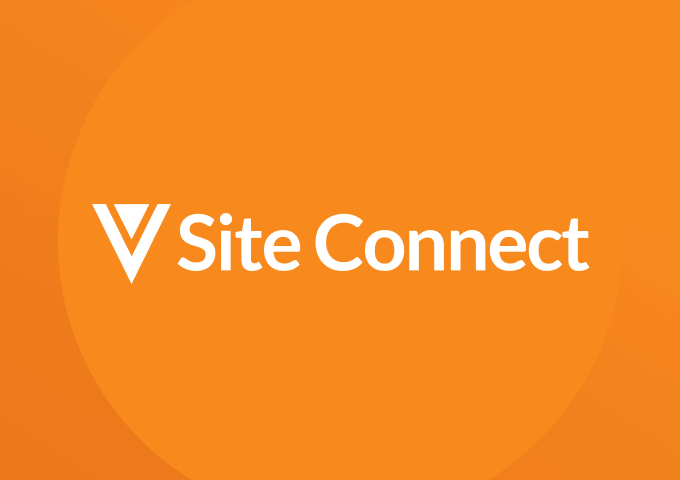
Learn More
Why Every Biopharma Needs a CTMS

Learn More
Faster Training, Faster Trials: Guide for Site Training

Learn More
6 Trends Driving TMF Strategy: From Big Data to TMF RM V4
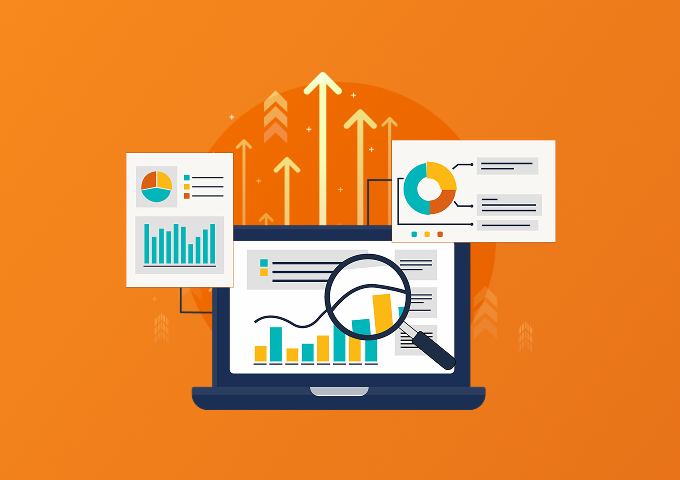
Commercial
View More Commercial ResourcesLearn More
Veeva Commercial Solutions Overview
2025 Commercial Summit Keynote
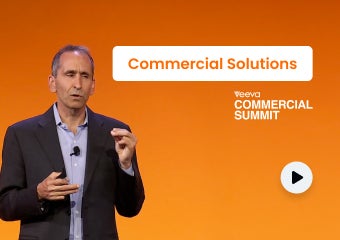
Learn More
Veeva Pulse Field Trends Report Q1 2025
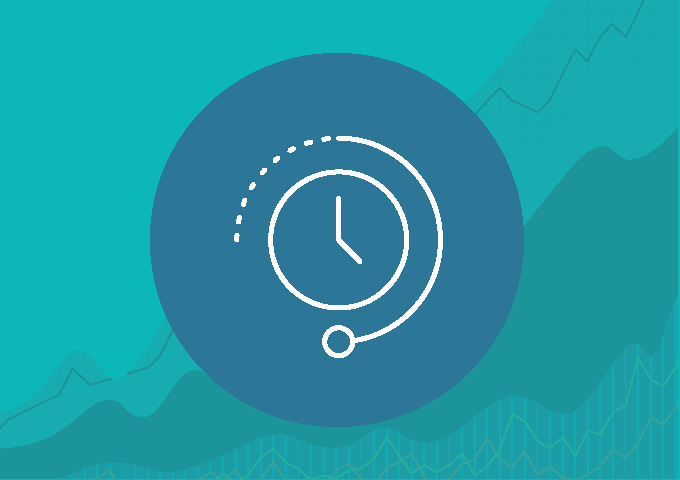
Learn More
AI in Vault CRM:
Voice Control and Compliant Free Text
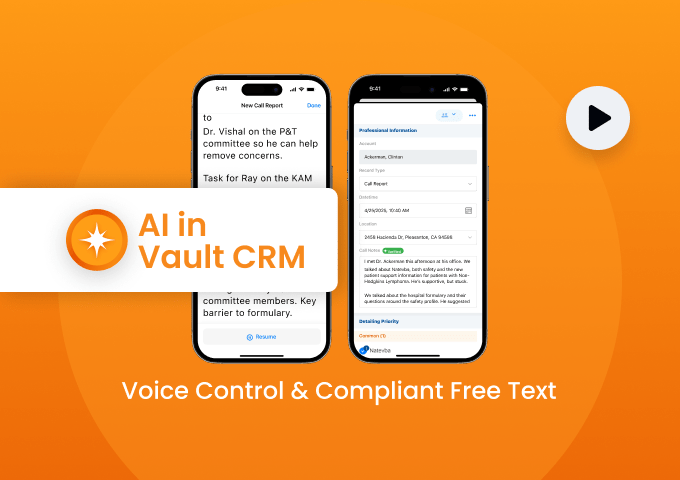
Learn More
AstraZeneca and Pfizer Scale Marketing Analytics for Success
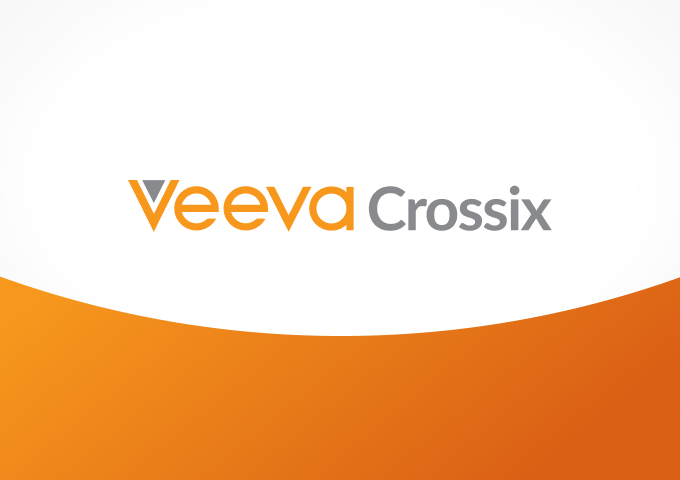
Development Cloud
View More Development Cloud ResourcesLearn More
Safety-EDC Connection Features Brief
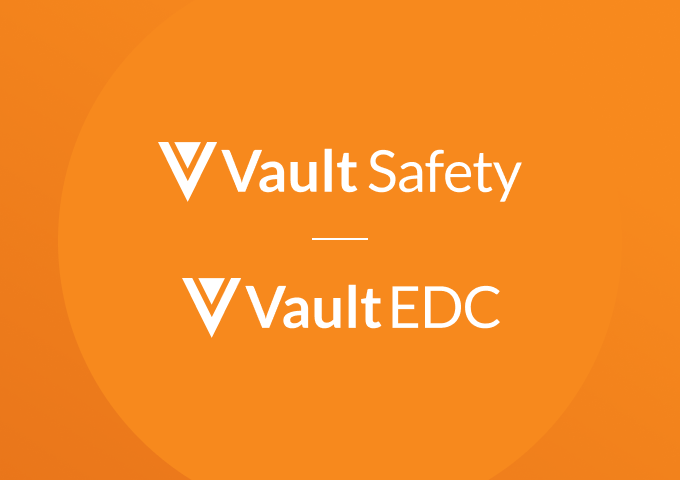
Read Press Release
Veeva Direct Data API Now Included with Vault Platform
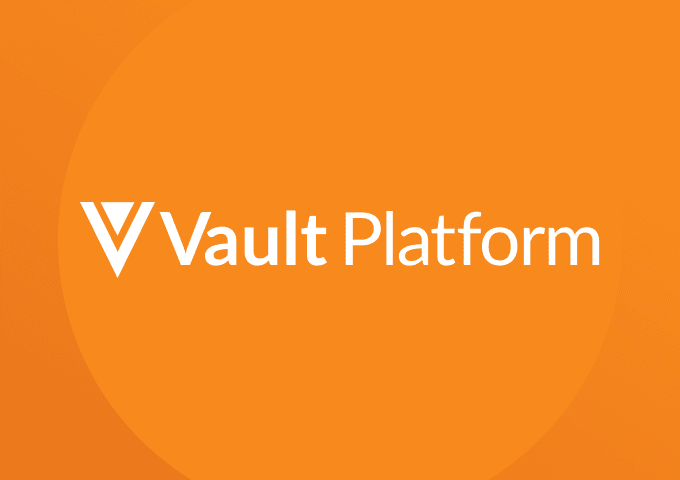
Watch Video
One Center of Excellence Brings Business Functions Together

Watch Video
Standardizing Common Data and Processes Across R&D

Medical
View More Medical ResourcesQuality
View More Quality ResourcesSafety
View More Safety ResourcesVault Platform
View More Vault Platform ResourcesLearn More
AstraZeneca and Pfizer Scale Marketing Analytics for Success

Watch Video
Veeva CDB Feature Highlights: Observations, Query Dashboard,
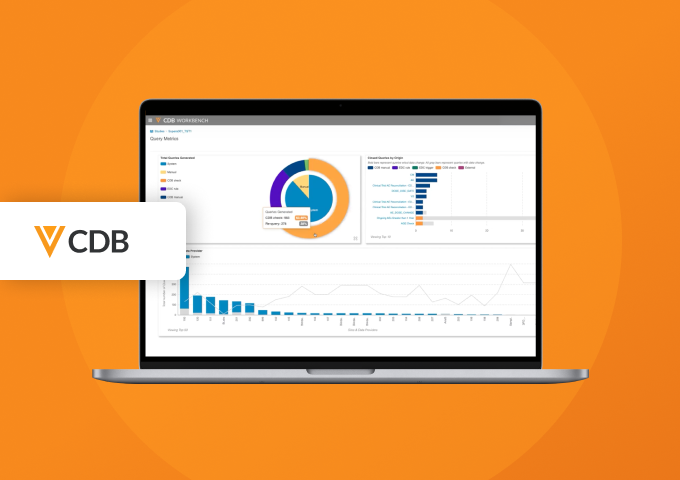
Learn More
Transforming KOL Engagement Planning for Greater Impact

Watch Video
Sanofi: Designing an HCP Cockpit for Successful Engagements

Read Press Release
Veeva and AWS Expand 10-Year Relationship
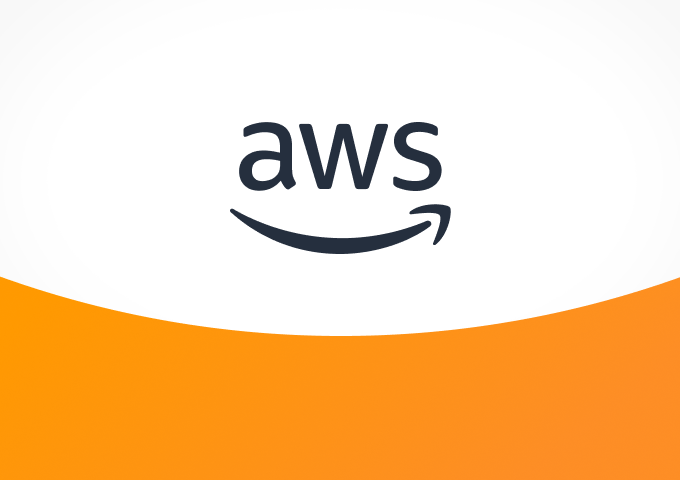
Learn More
Companies Succeeding with Veeva eCOA
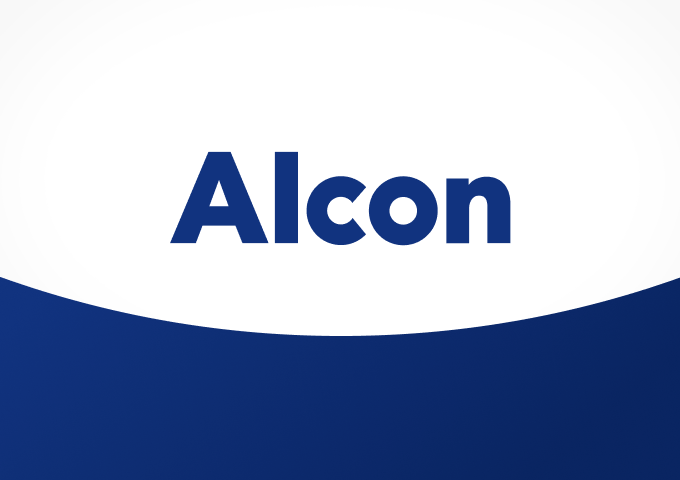
Learn More
Better Clinical Data Management with Veeva Vault

Learn More
How to Adopt a Clinical Platform

Read Press Release
New Veeva China Campaign Manager for Omnichannel Marketing
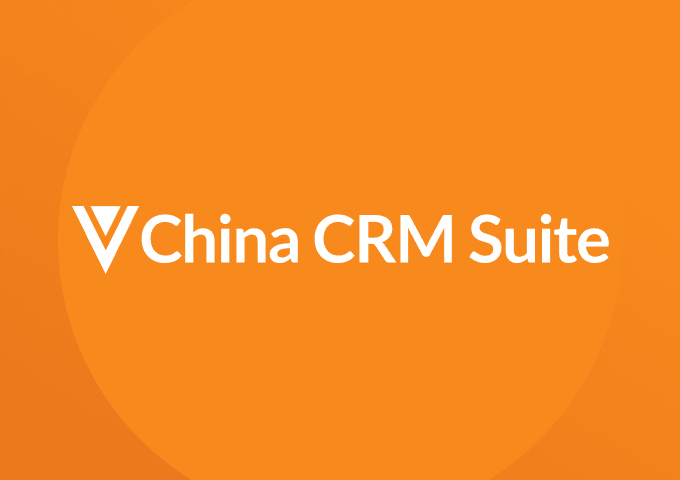
Watch Video
Eliminating Manual Reconciliation of Clinical Data Sources
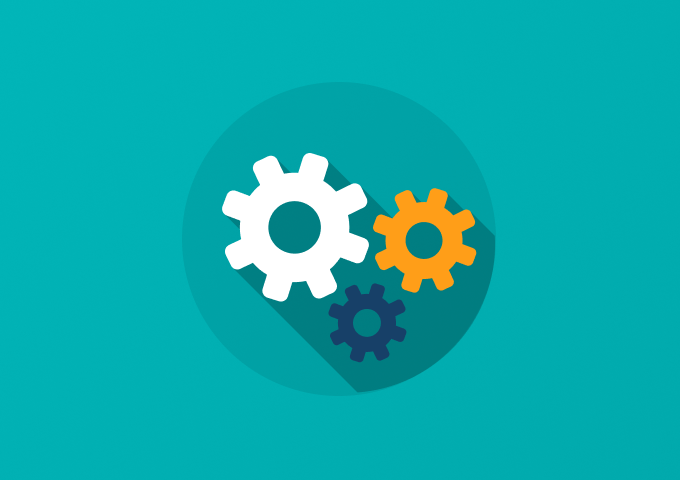
Learn More
Astellas Boosts Engagement With 47% HCP-Led Chats

Watch Podcast
Genentech Turns Content into Memorable Customer Experiences
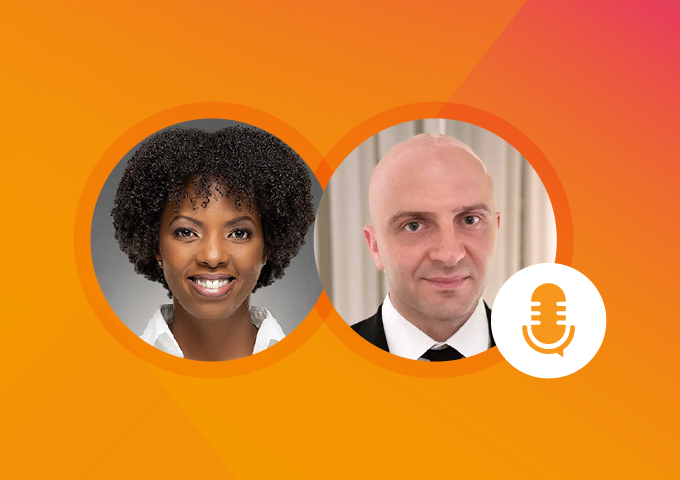
Learn More
Field Medical Targeting for an Expanded Indication
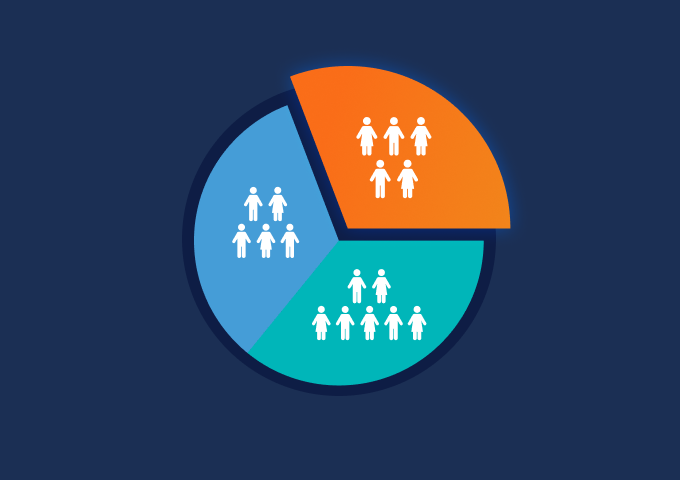
Learn More
Rare Disease Predictive Alerts
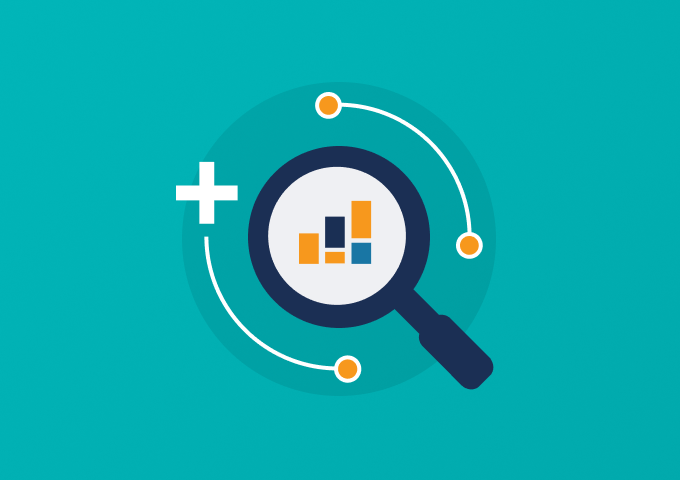
Watch Video
Measuring Operational Effectiveness with Vault CRM
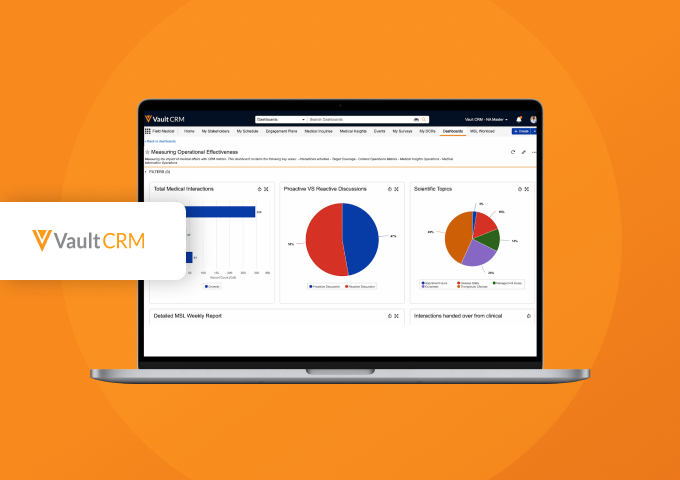
Read Press Release
Astellas Chooses Vault CRM as Global Standard
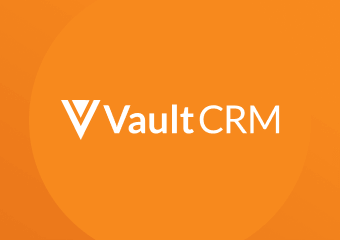
Read Press Release
Veeva and SCRI Form Strategic Collaboration
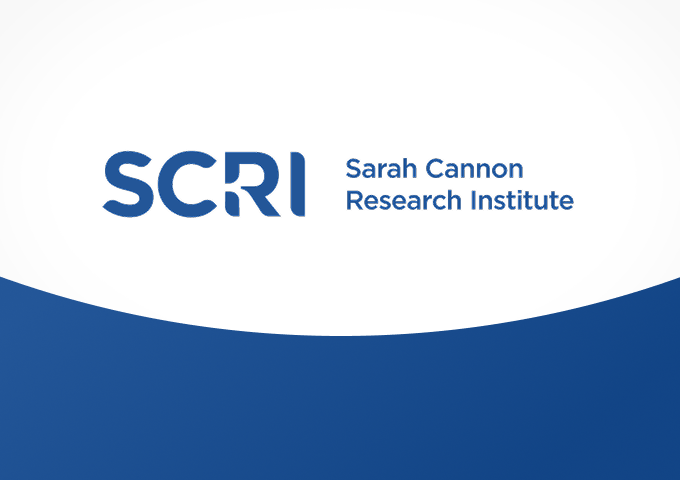
Learn More
Your LIMS Checklist
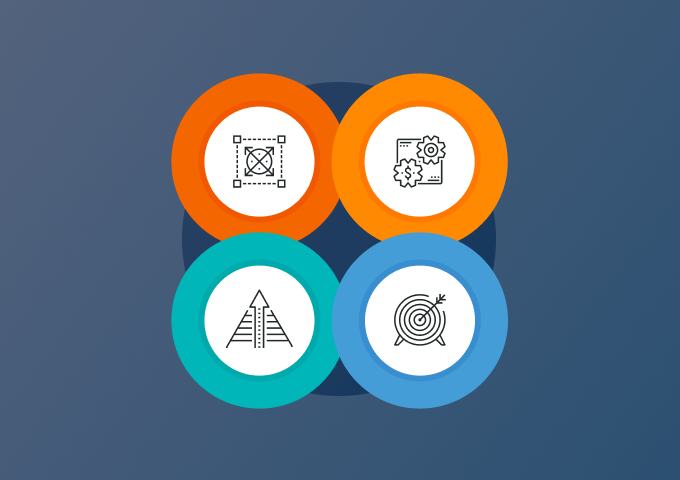
Watch Video
Driving MSL Effectiveness with Automated Suggestions
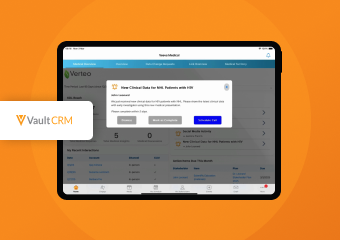
Read Press Release
Veeva Pulse Report Finds Content-Driven Engagement Lags
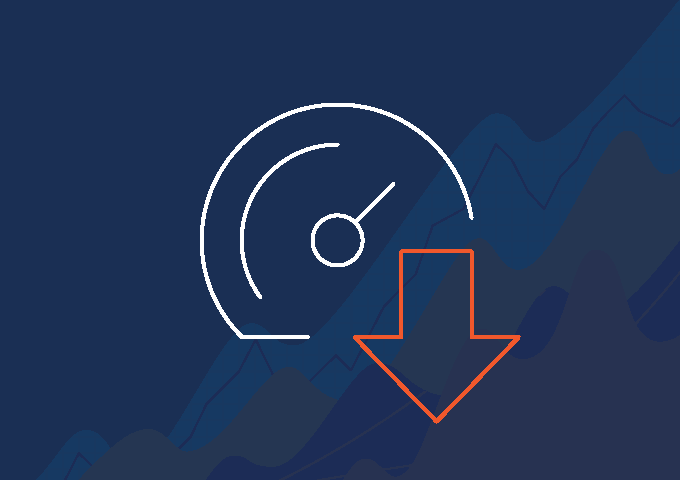
Result Not Found
The query that you've entered is not found.




